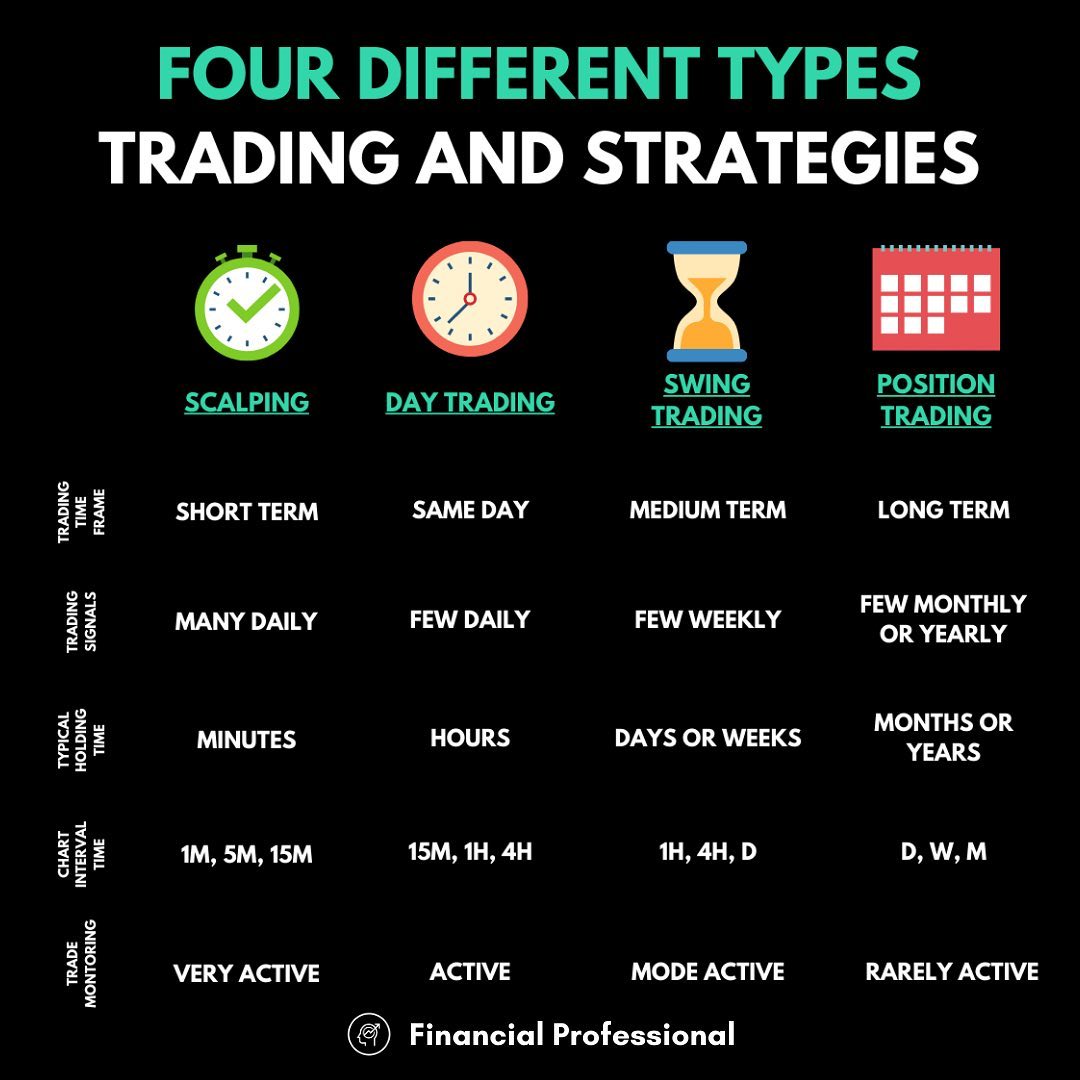The interplay between futures and options markets presents a captivating arena for investors seeking diversification, hedging strategies, and enhanced returns. Options trading on futures contracts offers a potent blend of flexibility, leverage, and risk management tools. This article delves into the intricate world of options on futures markets, exploring methods, strategies, and tactics that can empower traders to navigate the complexities and maximize their potential.

Image: www.tmbfiles.com
Understanding the Fundamentals of Futures and Options
Futures contracts are standardized agreements to buy or sell a specific underlying asset, such as a commodity, currency, or stock index, at a set price on a predetermined future date. They offer a means of hedging against price fluctuations or speculating on future market movements. Options, on the other hand, bestow the right (but not the obligation) to buy or sell an underlying asset at a specified price within a stipulated time frame. Options on futures, therefore, combine the characteristics of both instruments, allowing traders to execute complex strategies.
Methods for Options Trading on Futures Markets
Options on futures can be traded in various ways, each with its unique advantages and risks. The call option grants the holder the right to buy the underlying futures contract at the strike price before the expiration date, while the put option confers the right to sell. Traders can employ these options strategically to profit from bullish or bearish market expectations, respectively.
Another method involves the use of futures spreads, where options with different strike prices and/or expiration dates are combined. Spreads offer traders the potential to reduce risk and enhance flexibility, often with a more defined potential profit or loss.
Strategies for Trading Options on Futures Markets
Numerous strategies can be employed when trading options on futures markets, catering to varying risk appetites and market outlooks. A covered call involves selling a call option while holding the underlying futures contract, and can be used to generate income or limit potential losses. A protective put, on the other hand, involves buying a put option to shield the underlying futures position against a decline in price.
Traders may also consider the use of straddles or strangles, involving the simultaneous purchase of both call and put options with identical or differing strike prices. These strategies offer the potential for high returns but come with significant risk, particularly in volatile markets.

Image: palpites.net
Tactics for Successful Options Trading
Effective options trading on futures markets requires a judicious application of tactics, including prudent risk management. Establishing predetermined entry and exit points based on technical analysis can help traders mitigate losses and maximize gains. Monitoring options premiums and changes in implied volatility is also crucial, as these factors can influence the value and profitability of option positions.
Moreover, staying updated with market news and events that may impact the underlying futures contracts is essential to make informed trading decisions. By combining strategic planning with tactical execution, traders enhance their chances of success in this dynamic arena.
Trading Options On Futures Markets Methods Strategies And Tactics

Image: www.amazon.com
Conclusion
Options trading on futures markets provides a versatile and dynamic platform for investors seeking diversification, hedging strategies, and enhanced returns. By comprehending the underlying principles, implementing appropriate methods, leveraging effective strategies, and employing prudent tactics, traders can navigate the complexities of these markets and tap into their potential for profitability.
Whether you’re a seasoned veteran or a novice seeking to expand your investment horizons, the realm of options trading on futures markets offers a captivating opportunity to enhance your financial acumen. By embracing a disciplined approach, embracing ongoing learning, and seeking guidance from reputable sources, traders can unlock the secrets of these markets and harness their power to achieve their financial objectives.






